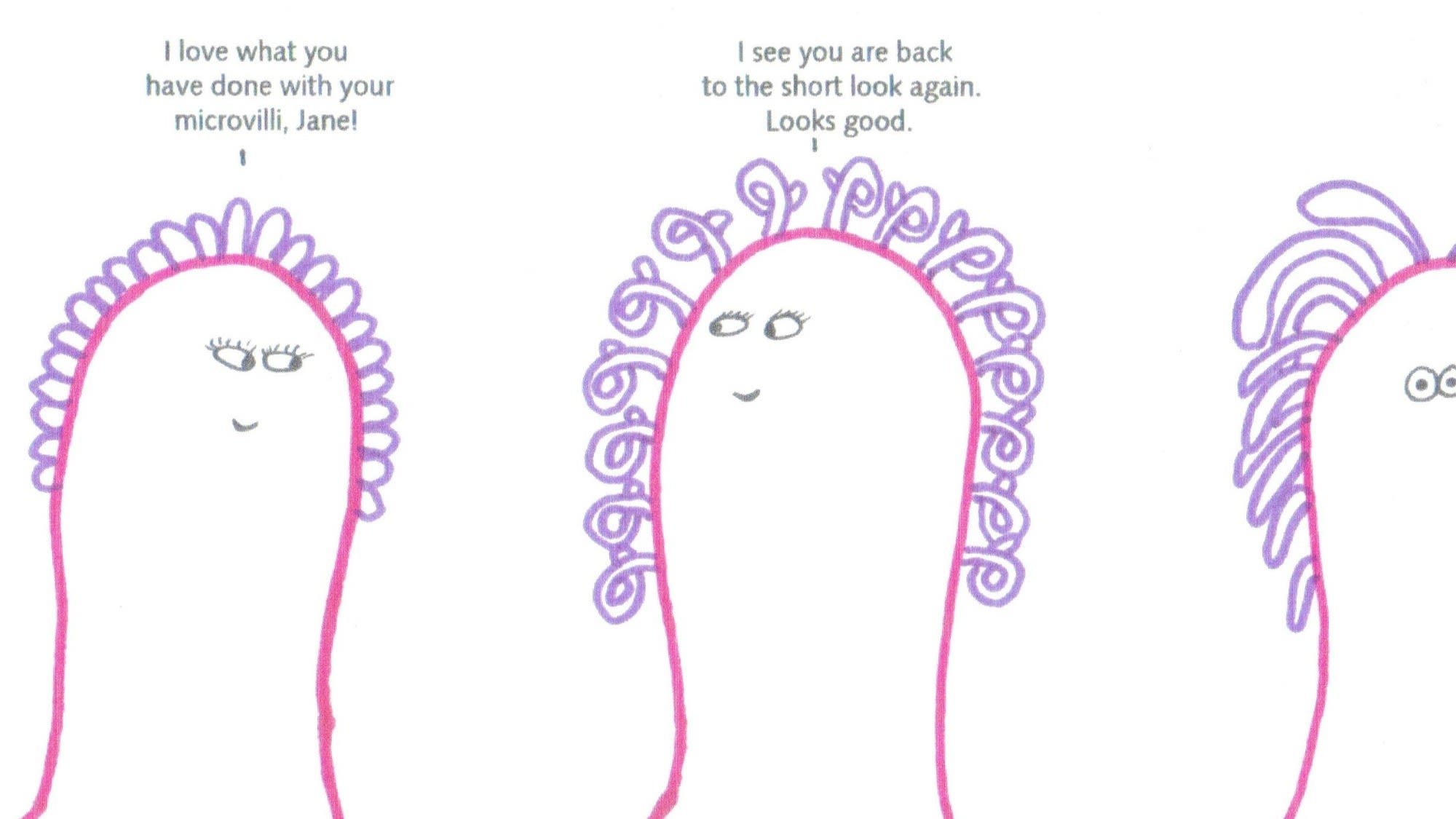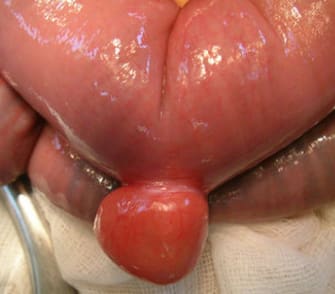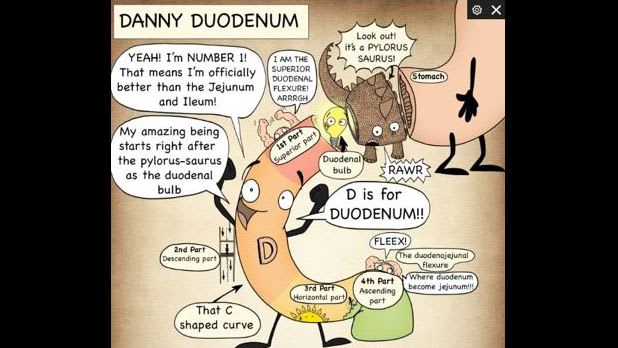Small Intestinal disorders.


The cause of an "enteritis" are myriad, from bacterial viral to parasitic.

Median age is around 60 years of age. About 20-30% are in the small intestine with most in the stomach. Over 50% of patients with GIST tumours have signs of metastatic disease on presentation.

All of the options can cause a small bowel obstruction, adhesions being the most common. Here however you can see the inguinal hernia as the culprit. Remember to check the groins of your patient.

Treatment with Metronidazole for 5 to 7 days is about 90% successful. If untreated it can last for months.

The herbivore wins. It has 40 metres of small intestine for a 2 metre cow. The blue whale has about 220 metres but that is only about 6 to 7 times it's length.

In fact reported rates vary between 1 in 40 and 1 in 300 people depending on the country. Australia reports a rate of 1 in 70 people.

Sacroiliitis, iritis and Erythema nodosum are just a few of the extraintestinal manifestations that can occur.

The bleeding, if brisk enough may be seen on a CT angiogram. Bleeding from the small bowel only makes up about 5-10% of gastrointestinal bleeding.

There are 4 parts to the C shaped duodenum. Parts D1 and D4 are mobile whilst D2 and D3 are fixed. Injury generally occurs between the second and third part of the duodenum. This area is retroperitoneal. Needs to be suspected from the mechanism---like a punch to the abdomen. CT findings can be subtle.
Actually short for "duodenum digitorum" in Medieval Latin and is approximately12 finger widths in length.